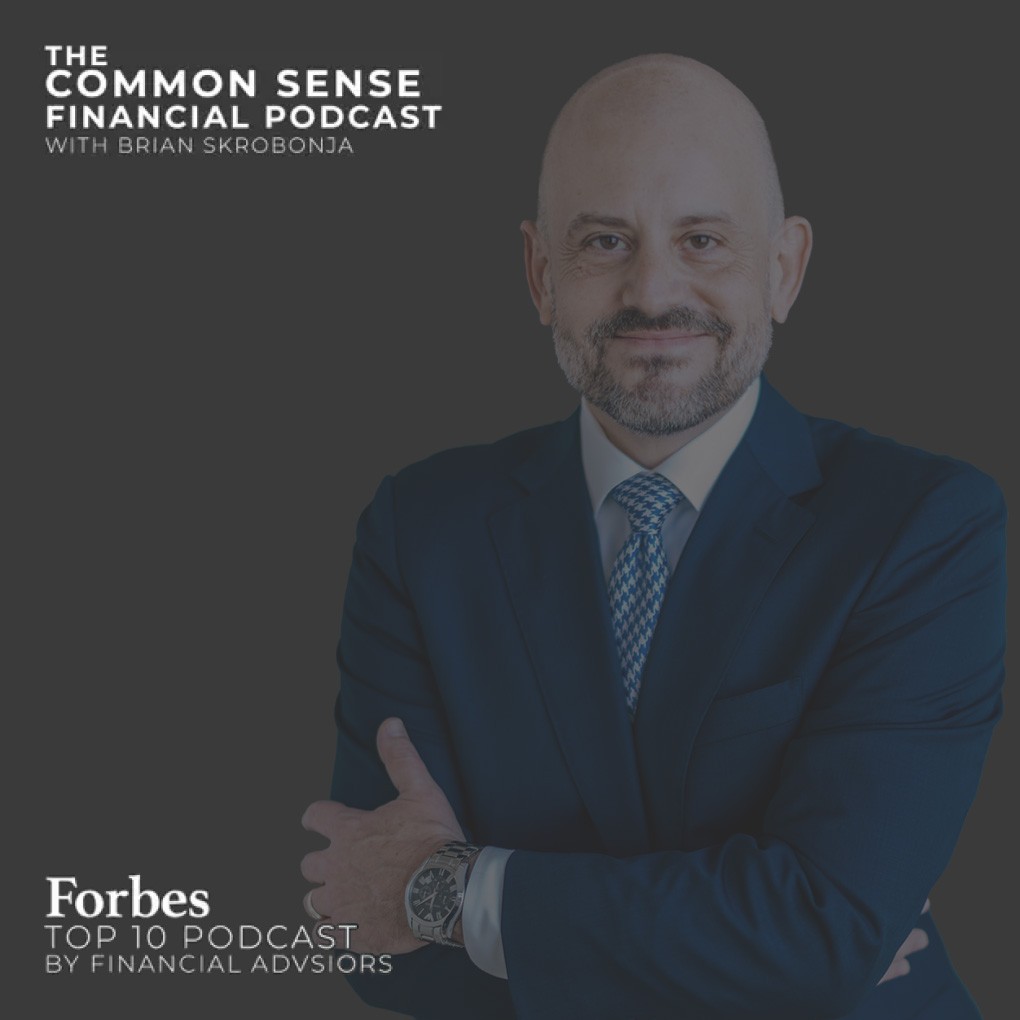The complexity of Social Security calculations can cause some confusion around when someone eligible should file and claim their benefit. There are a lot of variables to consider and acronyms to decipher that can make Social Security feel like a confusing hedge maze.
Let’s cut through some of the noise and clarify some of the most pressing questions around Social Security benefits and what questions you need to consider to determine what’s best for you and your family.
- Social Security has many layers, and the concept of eligibility can be pretty complex. It’s not always clear when and how someone should begin taking their benefits because being eligible doesn’t necessarily mean you should turn that benefit on.
- Social Security benefits can be turned on as early as age 62. Each year the benefit is delayed, you receive what is called a delayed retirement credit or DRC. These DRCs guarantee an automatic 8% increase in your Social Security benefit every year you delay up to age 70.
- There is also your full retirement age. This is the age when you are eligible to receive the full benefit without any offset for having earned income. Earned income being income from employment, which is different from income received from investments, pensions or annuities.
- For those born in 1960, or later, your FRA is age 67. Benefits are calculated by the Social Security Administration by taking 35 years of earnings that are indexed for inflation. Any years you didn’t work are counted as a zero in your average earnings calculation.
- These annual amounts are then totaled and divided by four and 20 months to arrive at the monthly figure known as your average indexed monthly earning. This number is different from your benefit amount. The SSA then applies a formula to that number which determines your primary insurance amount or PIA and this is your monthly Social Security benefit.
- If you choose to take your benefit before your FRA while employed, there’s an offset that can significantly reduce the benefit if your income exceeds $21,240 in 2023. This reduction is $1 for every $2 of earned income over the limit. In the year you reach your FRA, the limit increases to $56,520 in 2023, with a benefit reduction of $1 for every $3 of earned income over the limit.
- After you’ve reached your FRA there’s no earning limits and you receive the full benefit with no income offsets.
- Provisional income comes into play after your benefits are activated. Your provisional income is calculated by taking your adjusted gross income plus half of your Social Security benefit.
- If that total is less than $25,000, your Social Security benefit is not subject to federal tax. If it is above 25,000, but below 34,000, 50% of the benefit is taxed, and if it’s above 34,000, 85% of the benefit is taxed.
- If you’re a government employee, there’s something called a Windfall Elimination Provision, or WEP. And there’s also a Government Pension Offset, or GPO.
- There are three common conversations we have with clients when it comes to Social Security. The first thing is determining the breakeven point.
- One method for deciding when to take Social Security benefits involves calculating the breakeven point, this is the future point in time when the value of one option equals that of another.
- For example, if your FRA benefit is $2,000 a month, and $1,400 at age 62, there’s a $600 a month difference. When compared to waiting the five years and taking the full amount, the breakeven point would be 11.6 years.
- Something else to keep in mind is that by taking a benefit early, you reduce the amount of spousal benefit made available since the benefit in and of itself has been reduced and this could be an important consideration.
- The second consideration relates to one’s health and longevity. If you don’t expect to live past that breakeven point, taking the benefit early might make more sense.
- From this perspective, it could be a win-win situation if they start receiving benefits early and they live longer than expected because the payments continue.
- We can’t know our lifespan for certain, but if you’re in poor health, taking benefits early might be a reasonable option.
- The third consideration involves a person’s retirement income requirement.
- Many clients we work with see Social Security simply as a piece of the retirement income strategy, and aren’t necessarily concerned with breakeven points as much as they are with maximizing their assets and the resources. Many clients opt to turn their Social Security benefits on instead of tapping into their assets in order to maintain growth.
- Using assets to generate income in retirement also comes with variables that are hard to predict, like the conditions of the stock market and economic policy. Social Security, in comparison, is stable and easy to predict.
- Figuring out your retirement income requires careful planning, which is why it’s crucial to work with a professional that understands Social Security and its role in your retirement plan.
Mentioned in this episode:
Common Sense Financial Podcast on YouTube
Common Sense Financial Podcast on Spotify
BrianSkrobonja.com/Resources – Free Resources To Help You Protect Your Financial Future
Common Sense: YOUR Guide to Making Smart Choices with YOUR Money by Brian Skrobonja
References for this episode:
SSA.gov/benefits/retirement/planner/agereduction.html
SSA.gov/benefits/retirement/planner/delayret.html
SSA.gov/benefits/retirement/planner/agereduction.html
SSA.gov/benefits/retirement/planner/whileworking.html
SSA.gov/benefits/retirement/planner/whileworking.html
SSA.gov/benefits/retirement/planner/taxes.html
“The podcasts posted here before July 1, 2022 are historical in nature and were previously approved by Kalos Management, LLC. The views and statistics discussed in these shows are relevant to that time period and may not be relevant to current events. This is intended for informational and entertainment purposes only. It is not intended to be used as the sole basis for financial decisions, nor should it be construed as advice designed to meet the particular needs of an individual’s situation. Investing involves risk, including the potential loss of principal. Any references to protection, safety or lifetime income, generally refer to fixed insurance products, never securities or investments. Insurance guarantees are backed by the financial strength and claims paying abilities of the issuing carrier. Our firm is not permitted to offer and no statement made during this show shall constitute tax or legal advice. Our firm is not affiliated with or endorsed by the US Government or any governmental agency. The information and opinions contained herein provided by the third parties have been obtained from sources believed to be reliable, but accuracy and completeness cannot be guaranteed by our firm.”





